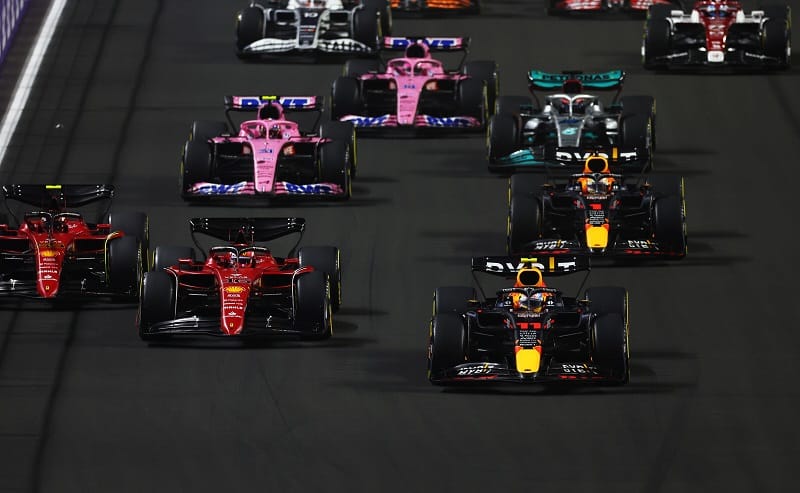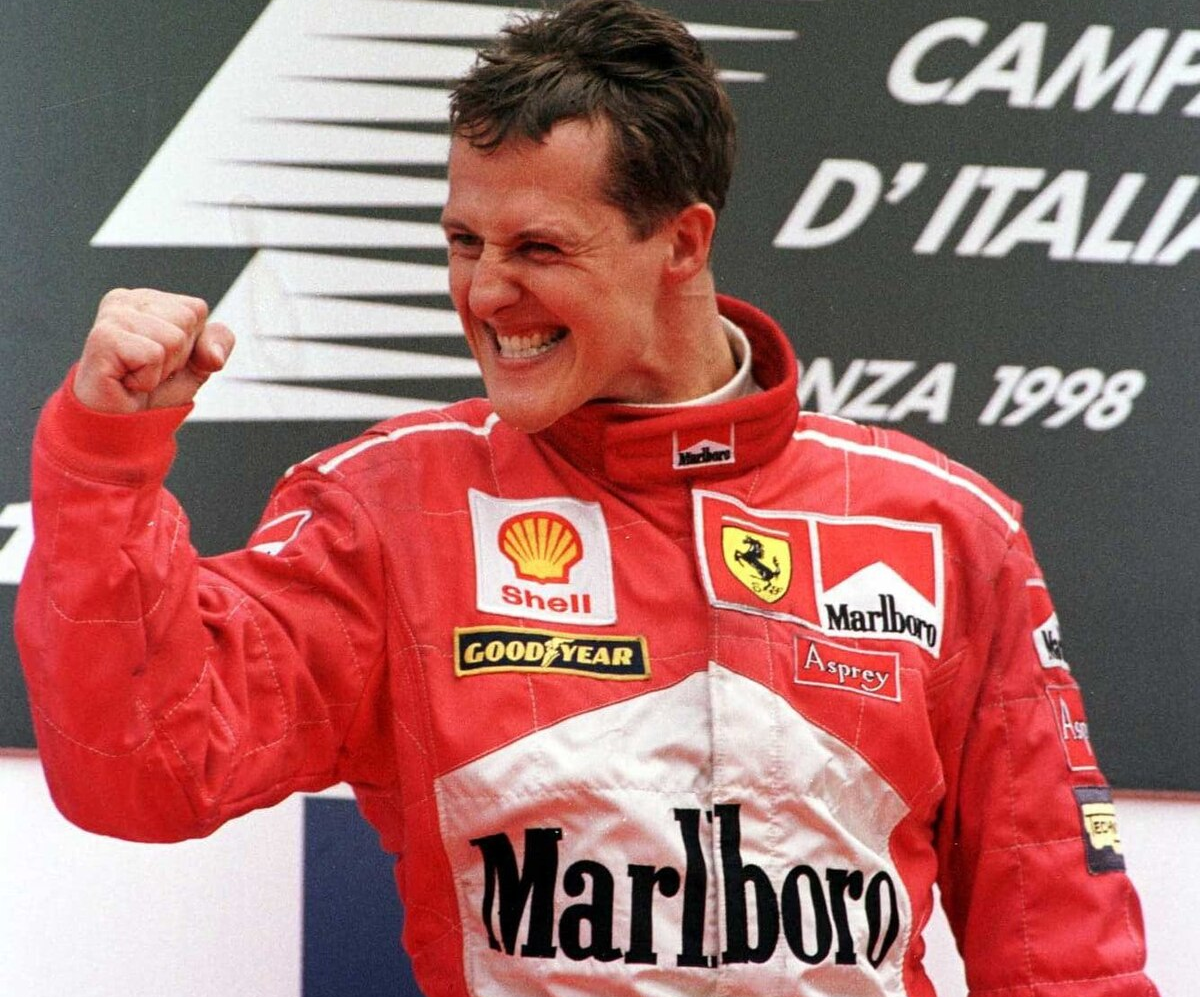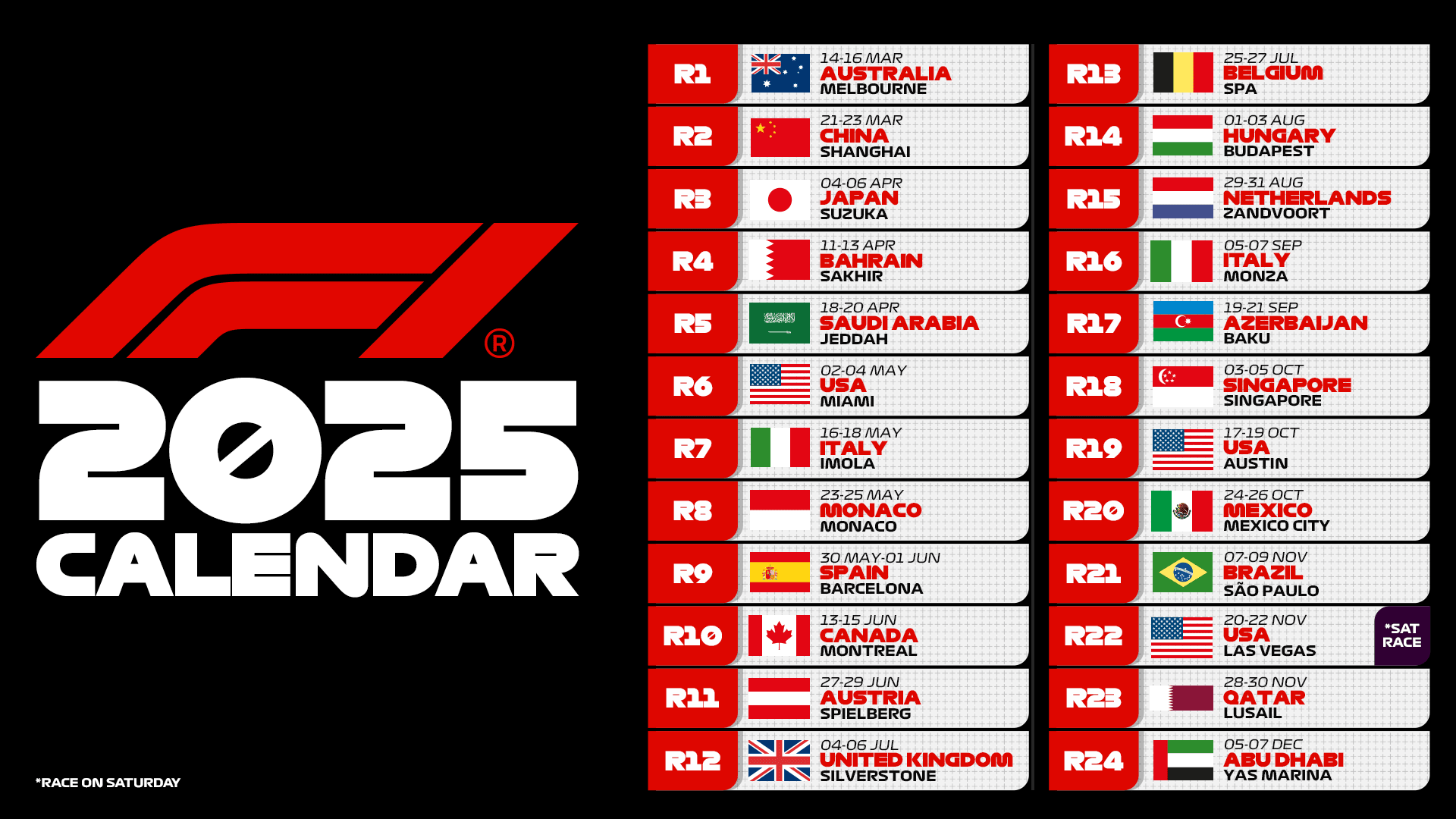
2022 represented a year of big technical changes for Formula 1, the result of years of behind-the-scenes efforts to design single-seaters which, by significantly reducing aerodynamic disturbance for the slipstreaming car, could offer closer racing and therefore and more spectacular events. A challenge that forced the teams to start over from a blank sheet of paper, giving freedom to the creativity of the engineers, an aspect that was materialized in the first rounds of the 2022 Formula 1 world championship with cars that clearly had profound differences in terms of aerodynamic choices.
Inevitably, comparisons with the past represented a big topic of the season, especially useful for understanding the evolution and strengths of the 2022 cars from the starting grid in Bahrain up to the last round in Abu Dhabi. One of the most significant tasks is to compare the times of the pole positions this year with those of the last championship: the analysis shows that, after a central part of the world championship in which the gap had diminished, in the second half of season the gap has increased again in favor of the 2021 single-seaters.
The effect of TD39
The factors that can explain this increase are many and among these is the TD39 technical directive, introduced by the Federation in mid-2022 to try to counteract porpoising, that vertical rebound effect caused largely by the aerodynamic forces circulating in the underbody of the car. The approach to the new regulation has in fact forced the designers to come to terms with that phenomenon already known in the first generation of ground effect cars back in the 1980s, having to find the right relationship between performance and driving comfort, with the latter often sacrificed.
A problem that many teams hadn’t been fully prepared for, as former Ferrari boss Ross Brawn recounted during an interview with Motorsport.com: “I think porpoising was a more serious problem than we expected. Those of us who experienced this situation years ago were probably more aware of how to deal with these problems, and the Adrian Newey-designed car in particular I don’t think had almost any problems.” – he pointed out.
“We all know that with a ground effect car, you can’t run close to the ground. It’s too critical. And I think some teams have gotten carried away with the curiosity to see how much performance you get by running the car as close to the ground as possible. But in the real world it wasn’t possible to do that.”
Show your support for Scuderia Ferrari with official merchandise collection! Click here to enter the F1 online Store and shop securely! And also get your F1 tickets for every race with VIP hospitality and unparalleled insider access. Click here for the best offers to support Charles and Carlos from the track!
“So they were stuck, because they had designed a car to run in that way. And it was very difficult to get out of it, especially because they saw the loss of performance that came with it, and they didn’t want to give it up. But I think now they’ve all found a good compromise. Now the porpoising is clearly reduced,” explained the former general manager of Formula 1 at the end of the season.
Show your support for Scuderia Ferrari with official merchandise collection! Click here to enter the F1 online Store and shop securely! And also get your F1 tickets for every race with VIP hospitality and unparalleled insider access. Click here for the best offers to support Charles and Lewis from the track!
Although many teams had still managed to keep porpoising under control, in the wake of the controversy surrounding the Azerbaijan Grand Prix and political pressure, the Federation pushed halfway through the championship to introduce a new regulation set that was supposed to further reduce it, the TD39. Through this directive, which imposed the use of a metric to measure the vertical oscillation of the cars and limit the damage to the floor plank, several teams were forced to increase the ground clearance or modify the floor, being more or less affected in terms of performance depending on the aerodynamic concept used.
How the trend has changed: 2022 cars faster towards mid-season
Taking into account those Grands Prix not present on the last championship calendar, as well as those conditioned by rain, the weekend with the sprint qualifying or a red flag, there are nine appointments useful for comparison, although influenced by the type of track and the temperatures. The first is Sakhir, with the pole position lap of Scuderia Ferrari driver Charles Leclerc in 2022 was about a second and a half slower than that managed in the previous world championship by Max Verstappen. Therefore, for each kilometer of the lap, F1-75 had a gap of around 288 thousandths as compared to the RB16B.

The central part of the season is the one in which the gap narrowed most significantly, especially in the Azerbaijan and French Grands Prix, where the gap stood at 23 and 150 thousandths respectively in favor of the 2021 pole position.
Looking at the telemetry, one of the most significant aspects that emerges from the comparison is how the 2022 cars gave their best not only on sprints, but also in fast corners with constant radii, those without quick changes of direction where what counts is the agility and insertion with the front end. The significant increase in weight caused by the new regulations, as well as a certain lack of load at the front compared to the past, made it more difficult to navigate slower sections and successive corners.
It is no coincidence that, despite the significantly cooler temperatures, the 2022 cars suffered in Hungary, a track that contains all those characteristics that the single-seaters of the new generation do not digest well.
These aspects can be better appreciated by observing the telemetry collected by motorsport.com from two specific appointments, such as France and the United States, which present a good variety by type of challenge. At Paul Ricard you can see how the F1-75 is faster right on the straights and in the fast corners, such as at Signes and in turn 11, partially managing to compensate for what was lost in other slower areas of the circuit.

Even more interesting is the comparison in Austin, where the 2022 cars suffered in particular from two factors, namely the handling issue and the bumps. On a rather treacherous track like the American one for the type of asphalt, the teams were forced to look for a compromise, sacrificing downforce in the slow and twisty sector to then recover on the straights or in the long corners that require stability, such as the sequence 16-17-18 of the last sector.
After a start to the championship in which the teams were understandably still dealing with rather new cars, towards the middle of the season that delta had begun to reduce on tracks that enhanced the characteristics of the new generation of cars. A delta which, thanks to the new post-technical directive regulations and the different track configurations, then began to again become bigger in the second part of the championship, remaining constantly above the season average, quantifiable around three tenths.
It will be interesting to observe how the changes planned for the 2023 Formula 1 season will again affect the values compared to the past, with the introduction of regulations that impose the curb edges of the floor raised by 15 mm and the throat of the diffuser raised by 10 mm. According to Nikolas Tombazis, technical manager of the FIA, the new rules should cost about half a second in terms of performance, but the teams have already found a way to recover the lost load.












.png)

Leave a Reply